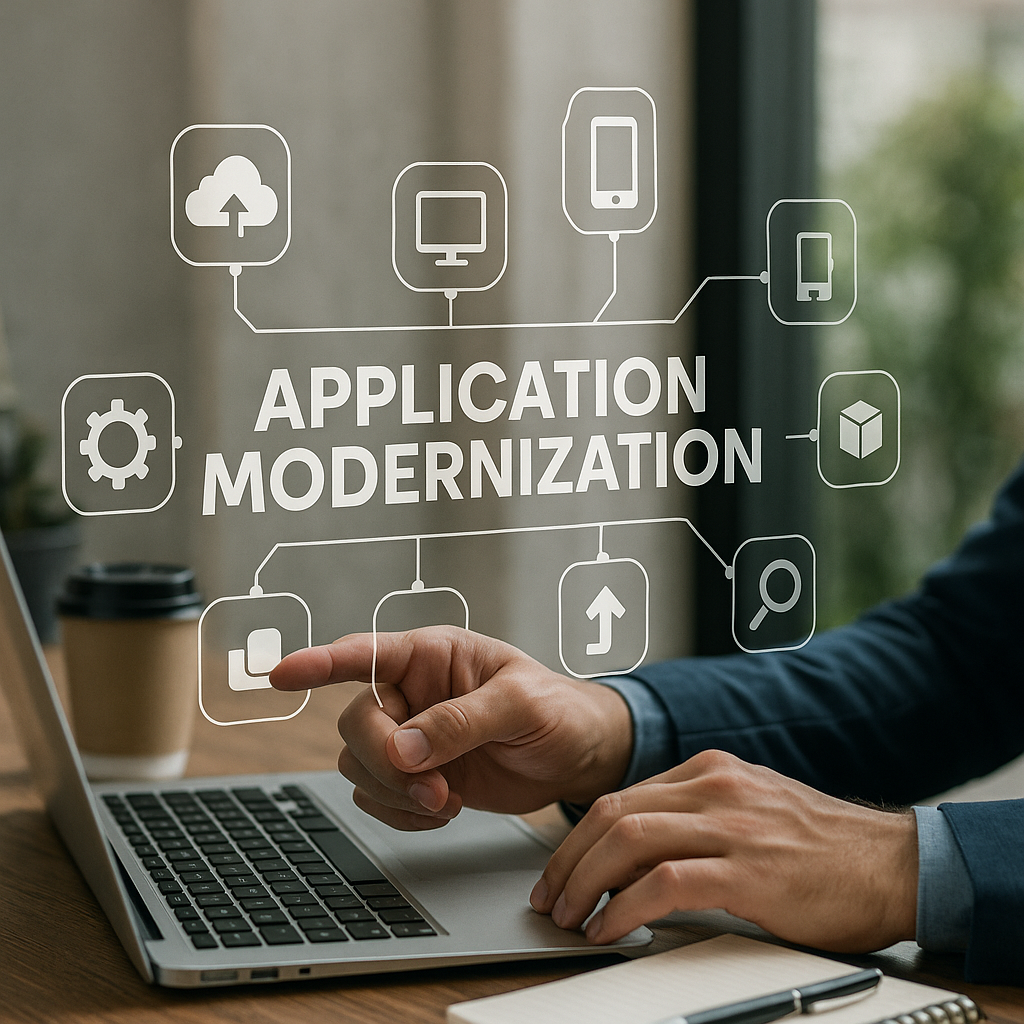Why Application Modernization Matters Now
In the relentless race of digital transformation, legacy systems are no longer just a technical liability—they’re a strategic risk. Businesses across every sector are waking up to the reality that outdated applications slow innovation, inflate costs, and expose organizations to security threats. Application modernization services have emerged as the linchpin for future-ready enterprises, offering a pathway to agility, efficiency, and competitive advantage. But what does the Research & Analytics service company say about their impact? Let’s dive deep into the numbers, trends, and analytics that define this booming industry.
The Market: A Multi-Billion Dollar Growth Engine
The global application modernization services market is on a meteoric rise. In 2025, the market is projected to be worth $24.32 billion, with forecasts suggesting it could soar to nearly $98.4 billion by 2034—a staggering compound annual growth rate (CAGR) of 16.8%. Other analyses echo this explosive trajectory, with estimates ranging from $22.9 billion in 2025 to $72.5 billion by 2033. What’s fueling this surge? The relentless drive for cloud adoption, regulatory compliance, and the need for scalable, secure, and analytics-ready platforms.
-
57% of businesses now spend more than a quarter of their IT budget on application modernization.
-
The BFSI sector (banking, financial services, and insurance) commands over 30% of the global market share—proof that data-intensive industries are leading the charge.
-
North America remains the largest market, but Asia-Pacific is the fastest-growing region, projected to outpace all others by 2027.
The Business Case: Stats That Demand Action
Modernizing legacy applications isn’t just about keeping up with technology; it’s about unlocking measurable business value. Here’s what the research reveals:
-
87% of IT decision-makers believe legacy applications make businesses more vulnerable to security threats.
-
Modernization can reduce maintenance and running costs by up to 50%, with infrastructure savings reaching 35% and overall hardware, software, and staffing costs dropping by 74% post-modernization.
-
Companies report a 14% increase in annual revenues after modernization initiatives, alongside a 10% boost in application efficiency.
-
IBM research shows developer productivity can jump by as much as 40% when legacy systems are updated.
Analytics: The Heart of Modernization
Modernization isn’t just about new code; it’s about unleashing the power of analytics. As businesses migrate to cloud-native architectures and integrate advanced technologies like AI and machine learning, the ability to harness real-time data becomes a game-changer.
-
Modernized applications enable real-time dashboards, predictive analytics, and AI-driven automation, allowing businesses to optimize everything from supply chains to customer experiences.
-
Data and analytics are now central to decision-making: companies that combine modernization with analytics report faster service delivery, improved customer targeting, and more accurate forecasting.
-
57% of enterprises plan to increase their investment in application modernization to support analytics and digital transformation strategies.
Real-World Impact: From Retail to Healthcare
The synergy between modernization and analytics is transforming industries:
-
Retailers are modernizing e-commerce platforms to handle high traffic and integrating analytics to personalize customer experiences, driving higher satisfaction and sales.
-
Healthcare providers leverage modernized patient management systems with analytics to predict patient needs, optimize scheduling, and improve outcomes.
-
Financial institutions are leading adopters, modernizing core systems to enable real-time fraud detection, risk assessment, and regulatory compliance.
Challenges and Considerations
Despite the clear benefits, modernization is not without hurdles:
-
Complexity and Cost: Migrating legacy systems can be resource-intensive, requiring careful planning and skilled partners.
-
Integration: Embedding analytics into modernized applications demands robust data architectures and cross-functional collaboration.
-
Change Management: Training teams and adapting business processes are critical to realizing the full value of modernization.
The Future: A Data-Driven, Agile Enterprise
The message from the research is unequivocal: application modernization, when paired with data and analytics, is a catalyst for sustainable growth and innovation. As cloud-native, modular, and analytics-enabled applications become the norm, organizations that modernize now will be best positioned to outpace competitors, delight customers, and thrive in an unpredictable digital landscape.
In summary: Application modernization services are not just a technical upgrade—they are a strategic imperative backed by hard data, delivering efficiency, security, and a foundation for advanced analytics that drive business success. The time to modernize is now.


